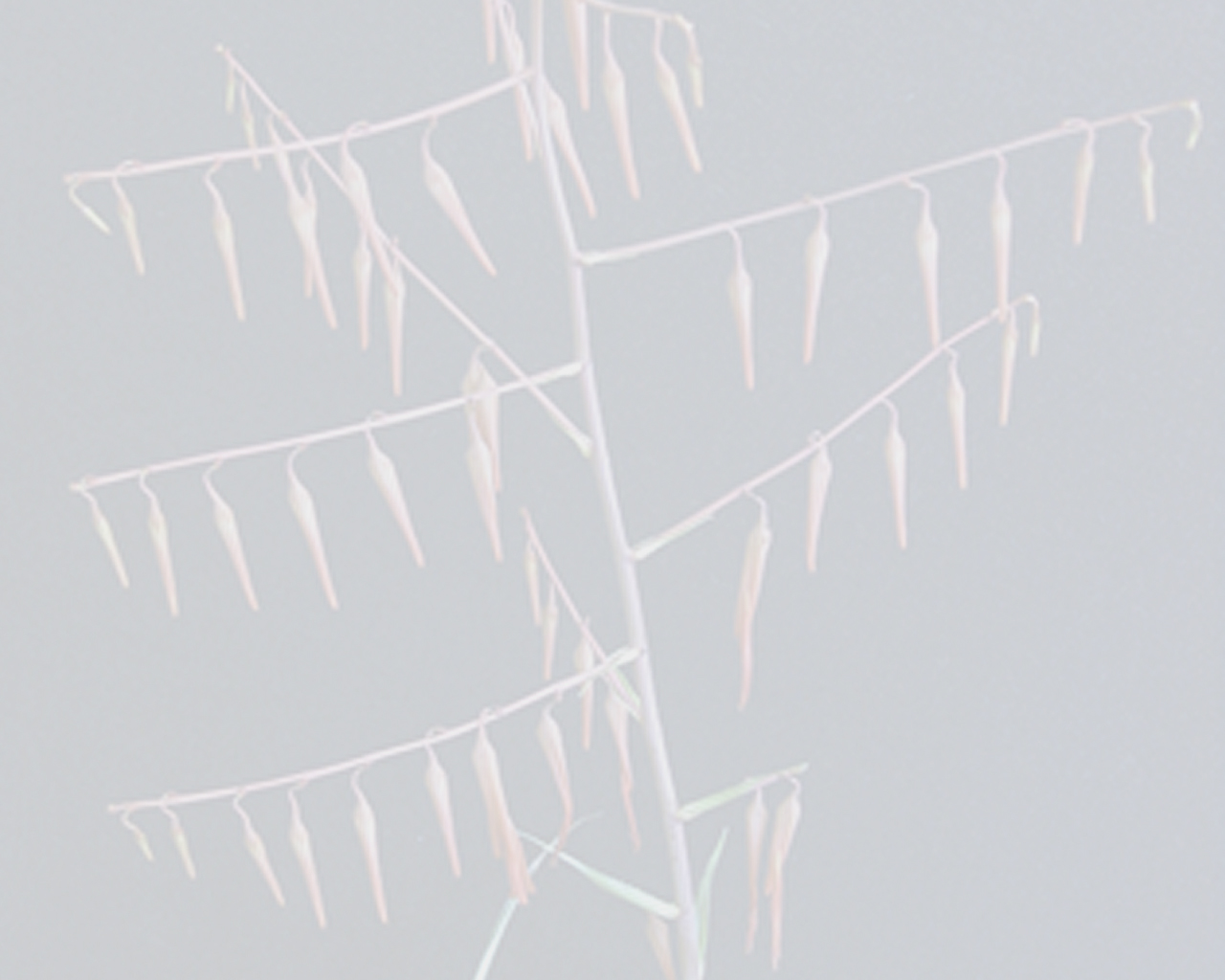
Pitcairnia glauca Leme & A.P.Fontana
Literature references:
Comments:
- Distribution, Habitat, and Phenology - Pitcairnia glauca is endemic to the northwestern region of Espirito Santo state, known exclusively from the area around Agua Doce do Norte, under the influence of the Sao Mateus river. It was discovered
on shallow sandy or rocky soils accumulated at the base of granitic outcrops in the Atlantic Forest at ca. 500 m. It forms sparse groups of plants amidst a shrubby Melastomataceae formation, with their stoutly globose base partially sunk in the
soil, at least when individuals are not fully matured (Fig. 1F). The sparse distribution of the specimens observed in the studied population greatly contrast with the densely "island" growth formation of the other closely related species, i.e. P. azouryi, P. barbatostigma, and P. diversifolia.
Conservation Status - Pitcairnia glauca can be considered critically endangered (CN) because its area of occupancy is estimated to be less than 10 kmē, its habitat is severely fragmented, its occurrence is in a single known locality, and its habitat is in continuing decline (IUCN 2001). —See Syst. Bot.

